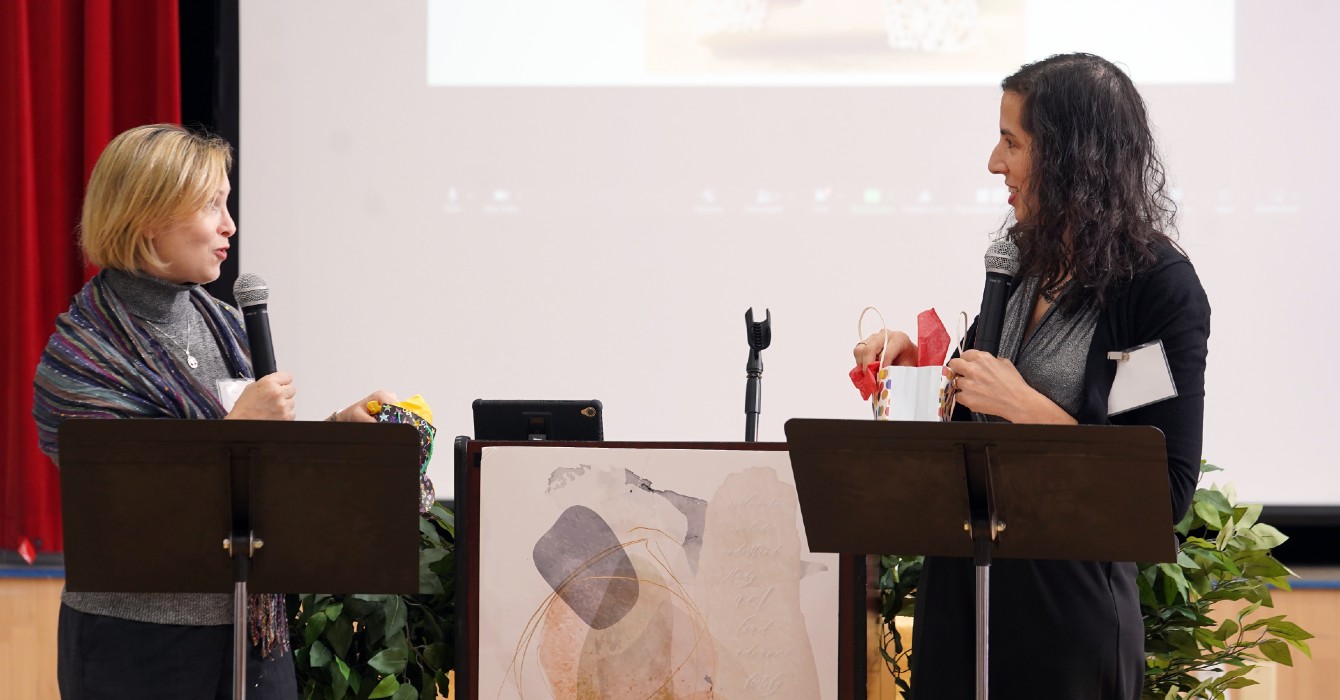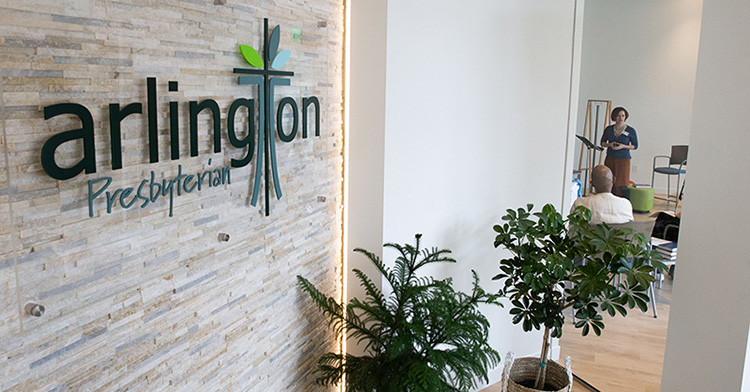Sometimes when we present on traditioned innovation in writing or speaking, our respondents look blank. They’re not confused. They’re just wondering why we think this is anything new. Innovating from within the tradition is what the church is always doing. Aren’t we launching the battering ram through the open door?
My church in Boone is a case in point. Boone United Methodist had a handsome downtown location for more than a century that we left behind in 2000. The issue was not that the neighborhood had changed for the worse as with so many downtown churches. It had actually changed for the better -- Appalachian State University paid dearly for our building and we moved a mile away into a new facility.
Nothing terribly noteworthy there. Except for the way we repurposed our old treasures and memories.
A prior church building on the old site downtown had burned in 1981. During that fire courageous members ran in and saved things: the baptismal font, usher tables, pastors’ chairs, a few pews, bibles. Those saved items are still in use in our new church. The usher tables are their unostentatious selves every Sunday. The baptismal font still has a burn mark under the lid. Baptismal candidates had better watch out -- the fiery Holy Spirit may descend on them again.
We took the cross from the top of that church building and put it in our chapel in the new building. A weathered, battered, metal cross made for the elements announces its stability in our graceful, carpeted, weather-controlled new space. The bell from the old building, rung downtown to summon people to worship for a century and cracked in the fire, is at the cornerstone of our new one, more momento than functional, but there.
And here’s the greatest repurposing -- the stained glass windows from our old church are in our new one. They survived the fire. They’re tough. One of the firefighters who fought the 1981 fire told me his buddy reared back with a brick to smash a window to get at the fire. He launched that brick and it bounced right back in his face. Who knew that stained glass, being that delicate, is also that tough?
Every time we walk into our church we walk into a space that’s both new and old. The old treasures anchor us. This is not our congregation’s first generation, not our first pastoral change (thank God), not our first rodeo. We’re a weathered presence, in Hugh Heclo’s terms. This stained glass, that baptismal font -- these things are tough.
Yet we don’t use everything we brought with us. The pulpit bible is beautiful and it’s in King James and I don’t read from it. We don’t use the ornate pastor chairs anymore. If I were sitting up there I’d just get in the way of the praise band. One recent Sunday we had a guest gospel choir. They were so loud our magnificent organ sounded quiet when it launched in for the doxology.
Traditioned innovation doesn’t mean there’s room for everything old, or that everything old is used in the same way it was. It does mean nothing new can come that doesn’t reach back into what’s old. It also means we don’t worship the building, we’re willing to see the walls changed entirely, whether it burns or we sell it.
My guess is there was no grand plan to bring about traditioned innovation, no committee for it. The church knows in its bones its mission continues only insofar as it brings out from its storehouse treasures both new and old. The church just intuitively and communally knew it had to repurpose its treasures.
And maybe it’s that way for the church in general. There’s nothing new at all to traditioned innovation. Or if there is anything new to it, it’s only new in an old, repurposed, creative sort of way.














